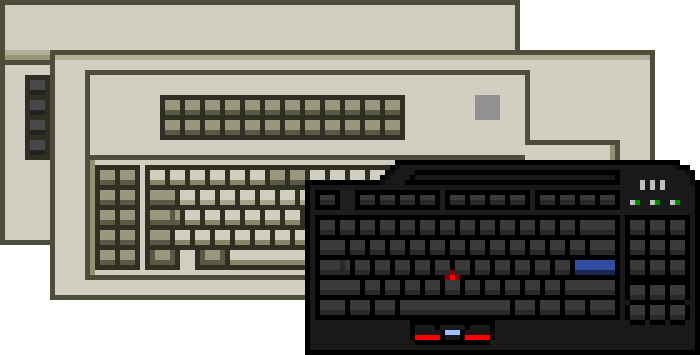P/N 1394308 - Model M122 Type III Keyboard Details & Specs
Provided by the ASK Keyboard Part Number Database
IBM InfoWindow Twinax Display Station Typewriter Keyboard
| Type | Model M/Model 1A Type III 122-key Converged Keyboard |
|---|---|
| Nickname | Battlecruiser |
| Known host systems | IBM 3477 InfoWindow Display Station (IBM 5250 family) |
| OEMs or ODMs | IBM U.S. |
| Keyswitches | IBM membrane buckling springs |
| Earliest appearance | |
| Original keycaps | PBT with dye-sublimated legends |
| Cover colour | Pearl White |
| Branding | IBM grey oval badge |
| Feet | Single-setting elongated flip-out feet |
| Protocol | IBM Mode 2 (scancode set 3) |
| Connection | Grey coiled-style fixed modular-8P5C ("RJ-45") cable |
| Number of keys | 122 |
| Form factor | 120% |
| Layout & language | 5250: Converged Typewriter U.S. English |
| Sources | Web: https:/ |
| Data last updated |

